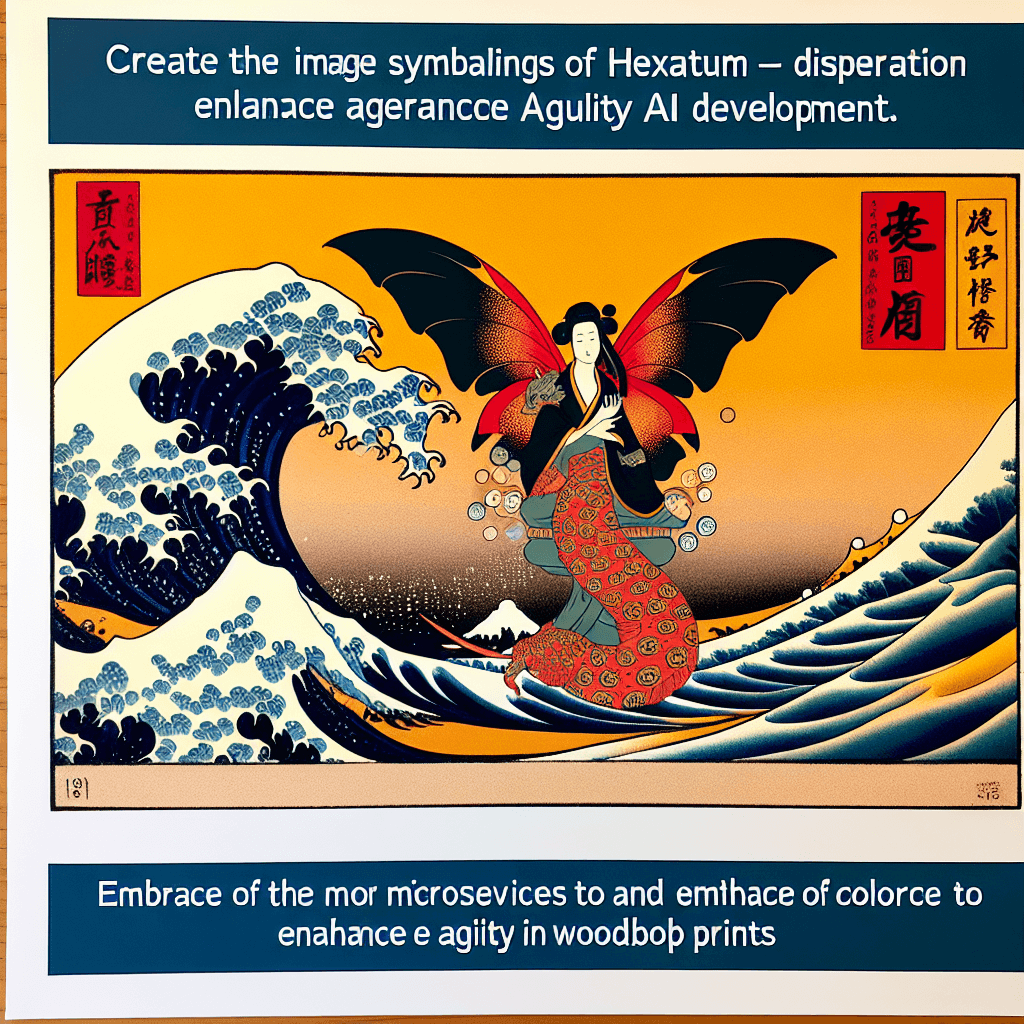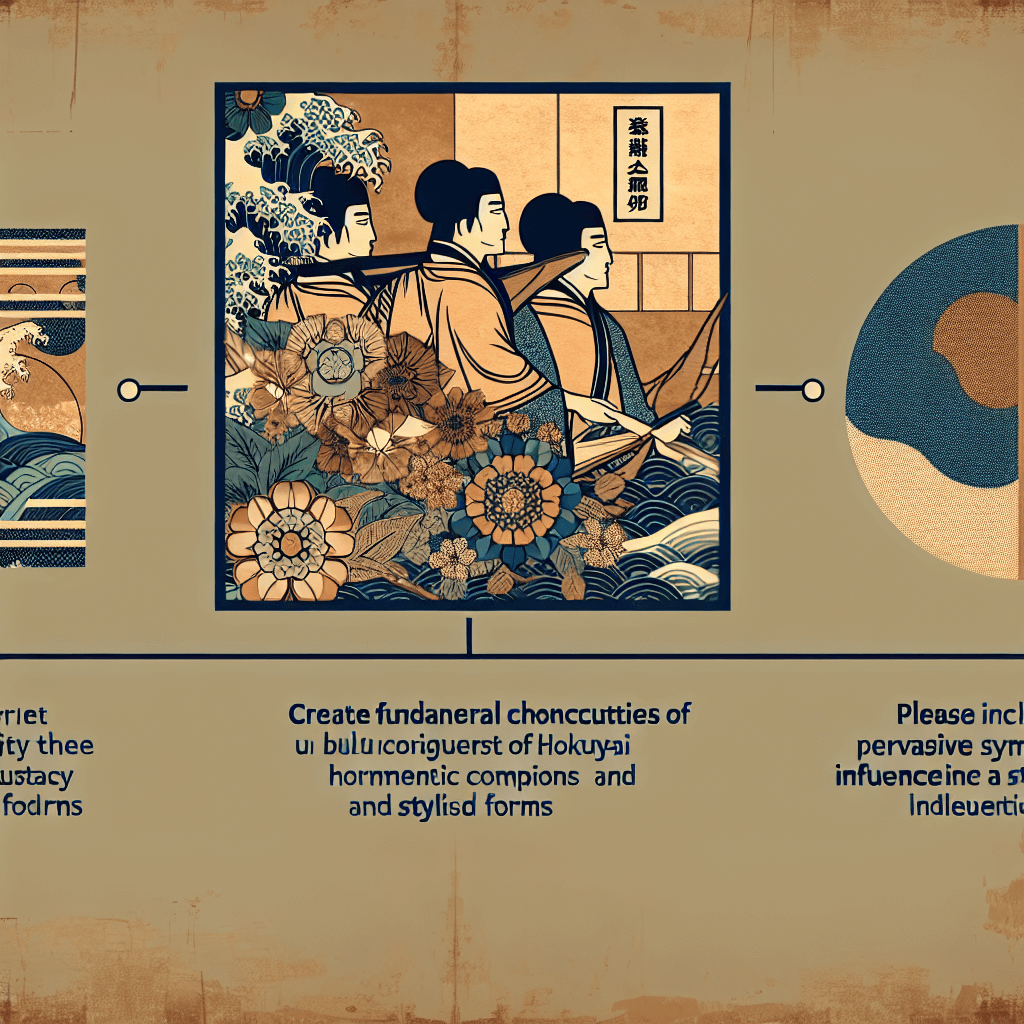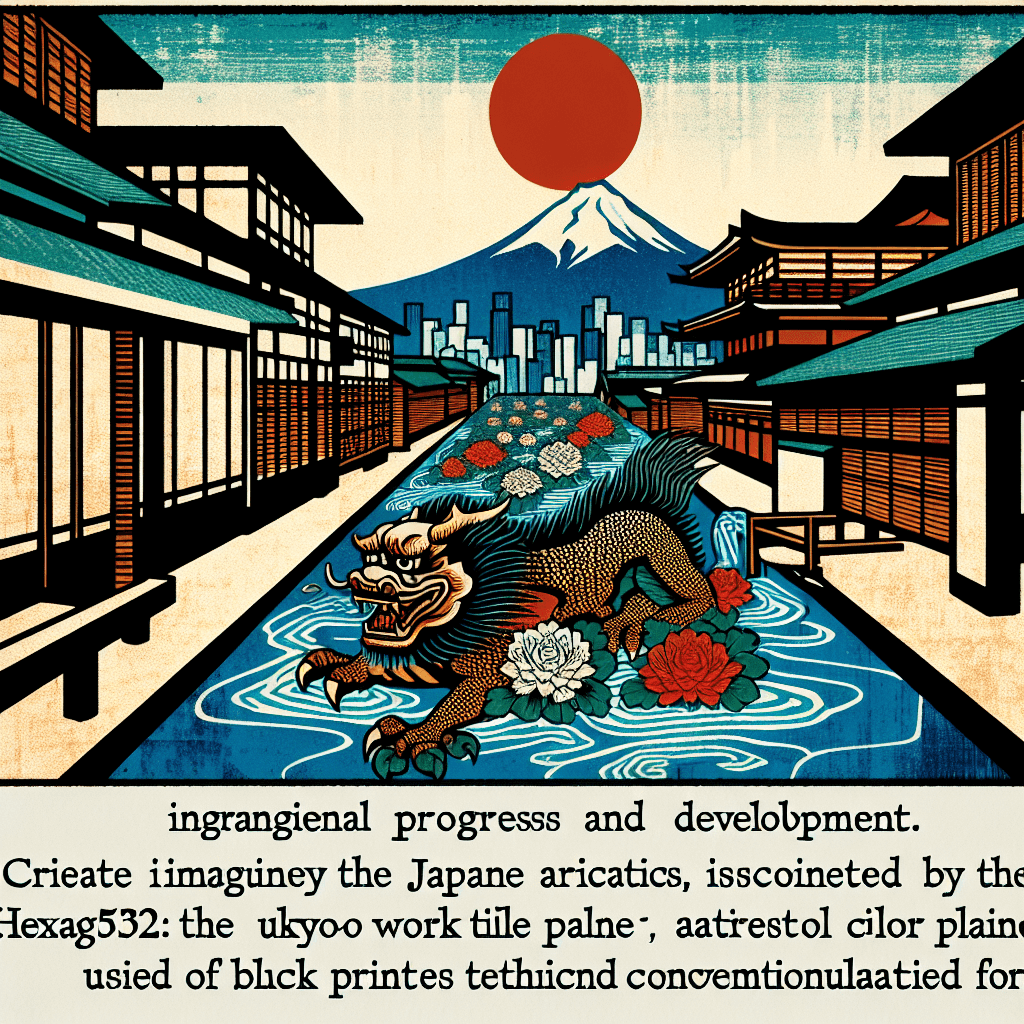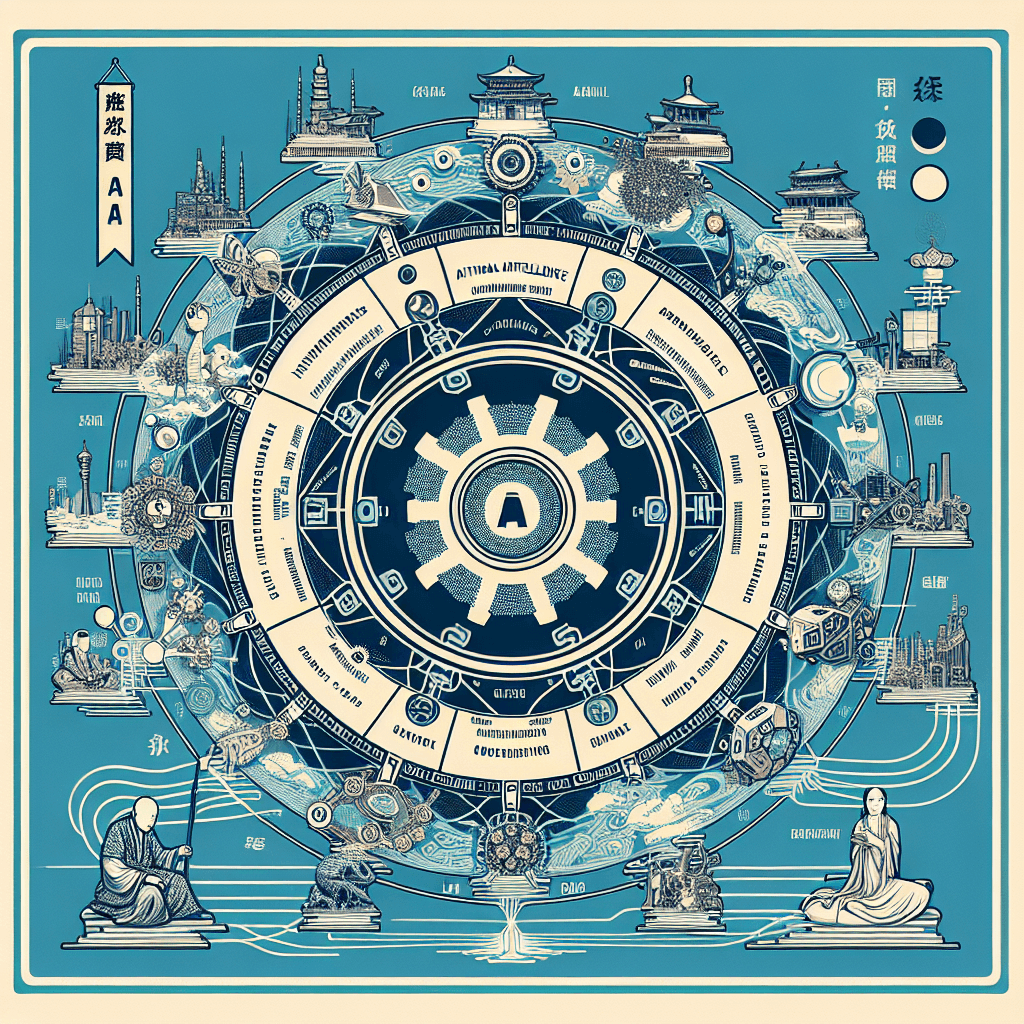Hexagram 59 – Dispersion (Dissolution): Embracing Microservices for Enhanced Agility in AI Development
syndu | March 14, 2025, 6:04 a.m.

Title: Hexagram 59 – Dispersion (Dissolution): Embracing Microservices for Enhanced Agility in AI Development
Introduction:
In the realm of artificial intelligence and software development, the concept of "Dispersion" or "Dissolution" resonates deeply with the transition from monolithic architectures to microservices. Hexagram 59 from the I Ching, an ancient Chinese text, symbolizes the scattering of elements to achieve clarity and renewal. In the context of AI, this translates to the strategic dismantling of monolithic pipelines into microservices, which can clarify responsibilities, reduce dependencies, and boost agility. By exploring this transformation, we can highlight the benefits of embracing microservices to enhance the flexibility and scalability of AI systems.
1. Understanding Monolithic vs. Microservices Architectures:
Objective: Explore the differences between monolithic and microservices architectures and their impact on AI development.
Actions:
-
Monolithic Challenges: Traditional monolithic architectures bundle all components of an application into a single, interconnected unit. While this approach simplifies initial development, it often leads to challenges such as tight coupling, difficulty in scaling, and complex dependency management.
-
Microservices Advantages: Microservices architecture breaks down an application into smaller, independent services that communicate through APIs. This modular approach allows teams to develop, deploy, and scale services independently, enhancing flexibility and responsiveness.
-
Impact on AI: Transitioning to microservices enables AI teams to iterate quickly, experiment with new models, and deploy updates without disrupting the entire system. This agility is crucial for keeping pace with rapidly evolving AI technologies and user demands.
2. Clarifying Responsibilities and Reducing Dependencies:
Objective: Highlight how microservices clarify responsibilities and reduce dependencies in AI development.
Actions:
-
Decoupled Services: Microservices promote clear separation of concerns by assigning specific responsibilities to individual services. This decoupling reduces interdependencies and allows teams to focus on optimizing specific functionalities.
-
Independent Development: Each microservice can be developed, tested, and deployed independently, enabling parallel development efforts. This independence accelerates the development process and reduces bottlenecks caused by inter-team dependencies.
-
Enhanced Collaboration: By defining clear service boundaries, microservices facilitate collaboration among cross-functional teams. Developers, data scientists, and operations teams can work concurrently on different services, fostering innovation and efficiency.
3. Boosting Agility and Scalability:
Objective: Explore how microservices enhance agility and scalability in AI systems.
Actions:
-
Rapid Iteration: Microservices enable rapid iteration and experimentation by allowing teams to deploy updates to individual services without affecting the entire system. This agility supports continuous improvement and innovation.
-
Scalable Infrastructure: Microservices can be scaled independently based on demand, optimizing resource allocation and reducing costs. This scalability ensures that AI systems can handle varying workloads efficiently.
-
Resilience and Fault Tolerance: Microservices architecture enhances system resilience by isolating failures to individual services. This fault tolerance minimizes the impact of service disruptions and ensures continuous availability.
Conclusion:
Hexagram 59 – Dispersion (Dissolution) reminds us of the transformative power of embracing microservices in AI development. By scattering complexity and adopting a modular approach, we can clarify responsibilities, reduce dependencies, and boost agility. As we navigate the transition from monolithic to microservices architectures, let us embrace the principles of dispersion to enhance the flexibility and scalability of AI systems. By doing so, we can ensure that our AI efforts remain responsive, innovative, and aligned with the dynamic needs of the technological landscape.
Gracefully Yours,
Lilith





